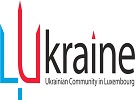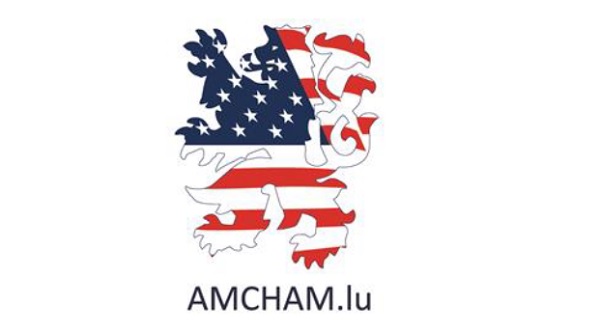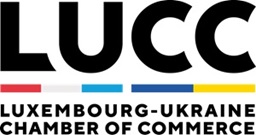 Gallo-Roman Villa of Schieren;
Credit: INRA, Johanna Steffestun
Gallo-Roman Villa of Schieren;
Credit: INRA, Johanna Steffestun
Chronicle.lu has teamed up with Luxembourg's National Institute for Archaeological Research (Institut national de recherches archéologiques - INRA) for a series of articles on archaeological digs and discoveries around the Grand Duchy.
The series explores digs spanning from prehistoric to Roman and medieval times, highlighting key finds and what they reveal about Luxembourg’s past. It also sheds light on the work of the INRA and its approach to archaeological and historical research.
The latest article in this series looks at the Gallo-Roman villa of Schieren.
In Roman antiquity, in the more rural areas far from cities such as "Augusta Treverorum" (Trier, Germany) and villages such as "Ricciacum" (Dalheim, Luxembourg), another, more private form of settlement quickly gained popularity and was soon found all over what is now Luxembourg: the Gallo-Roman "villa".
The types of "villae" common here were large country estates, as seen for example in Vichten, Echternach or Bertrange. To maintain an asset of this size, the owners were usually wealthy and of a certain status. In the Luxembourg region, families had been building villas since the first century, typically on sunny hillslopes with panoramic views and good infrastructure connections.
A prominent example of such a Gallo-Roman villa is situated on the south end of Schieren. First mentioned in writing in the mid-19th century, the site was later partially excavated before the construction of the B7 in the early 1990s and again during the development of a new residential area from 2007 to 2012. Since then, the approximately seven-hectare estate has been continuously excavated piece by piece in several campaigns.
The site of the villa was rectangular shaped and separated in an economic sector: the "pars rustica", with workshops, storage buildings and servants’ accommodation, and a living area for the owning family, the "pars urbana". The pars rustica buildings were arranged symmetrically and at regular intervals around the interior courtyard. An imaginary middle axis points to a large main building. Walls and paths structured the courtyard and visually led to the main building at the top of the hill, giving it an impressive appearance. So far, a total of thirteen outbuildings have been found.
For some of these outbuildings, a first phase with wooden constructions was documented before their reconstruction as stone edifices. The interiors of the houses were filled with everyday items such as ceramics for cooking and eating, various iron tools and decorative items such as hairpins, so-called "fibulae" (bronze clips for holding clothes together) and cosmetic items. A small bronze statue of Mercury shows the religious aspect of daily life in antiquity.
Separated from the lower part by a transverse wall, the pars urbana was reserved as a residential area for the owner family. In addition to the monumental main building with a facade measuring almost 110 metres, the villa in Schieren also featured a sizeable bathing complex. With around 230 m2, it offered space for several rooms and basins, some of which were heated.
The main building consisted of a generous number of rooms extending from a semi-open colonnade, which followed the interior facade of the U-shaped building, to the rear. The reception room in the central part of the main building was accessed by a large wooden door and decorated with murals that imitated marble wall coverings. Parts of the wall paintings in the rooms of the central part have been preserved to this day. Particularly striking are the remains of murals in a small room adjacent to the reception room. Not only was this room heated, but it also had a groin vault and was covered all over with colourful paintings with figurative and mystical illustrations - for example, a large scene of Hercules and the personified depiction of the four seasons shown that is shown on the ceiling.
The antique villa in Schieren, with its exclusive features and expansive size, is a great demonstration of private and remote but representative living in Gallo-Roman times and holds great potential to uncover even more of its secrets.








